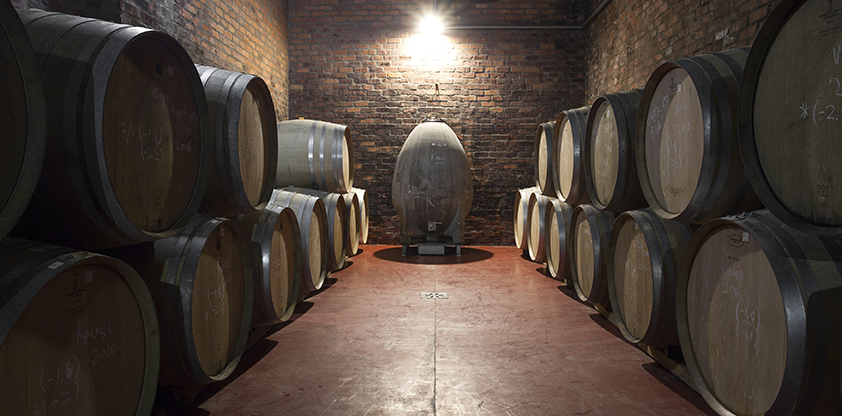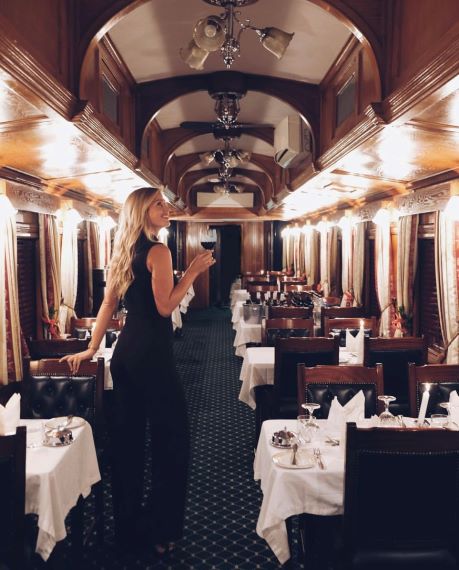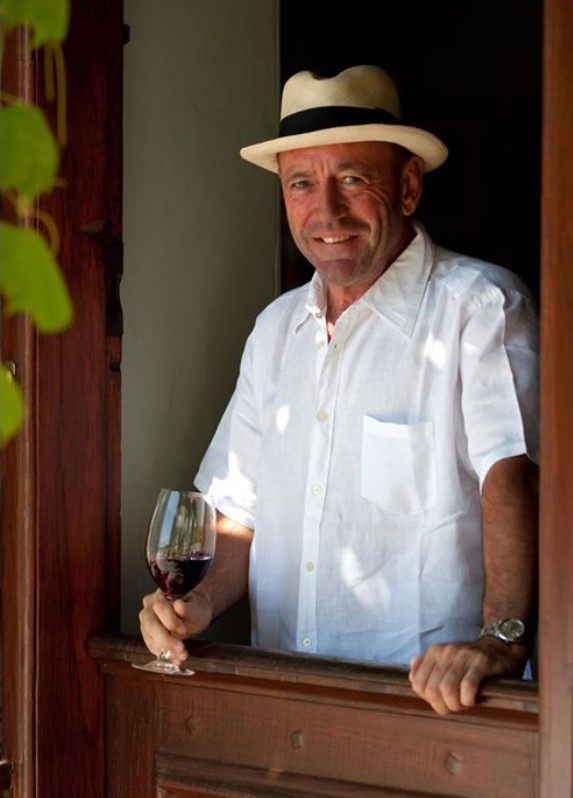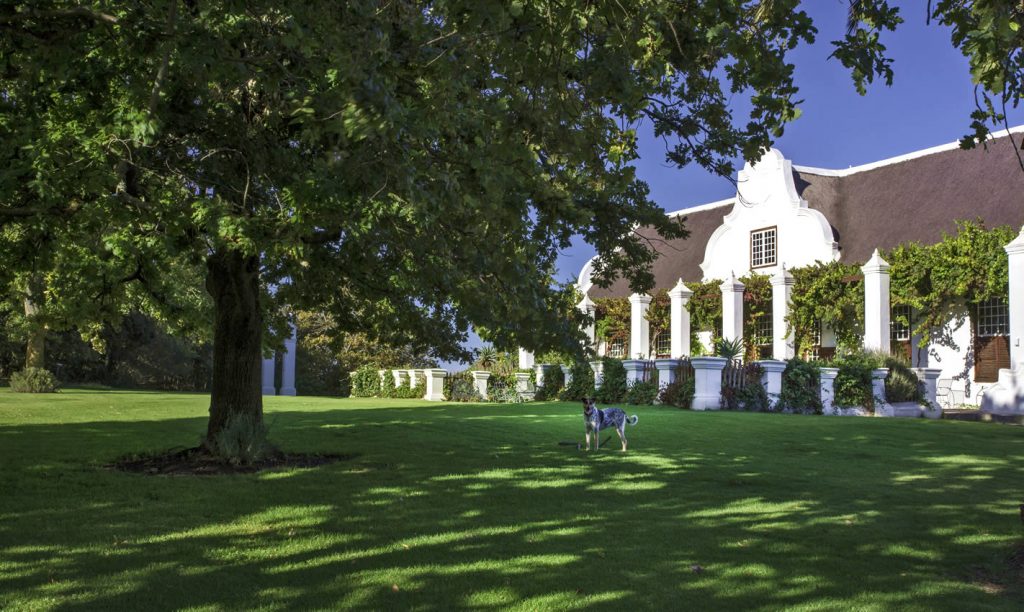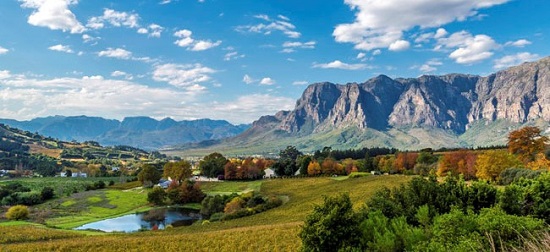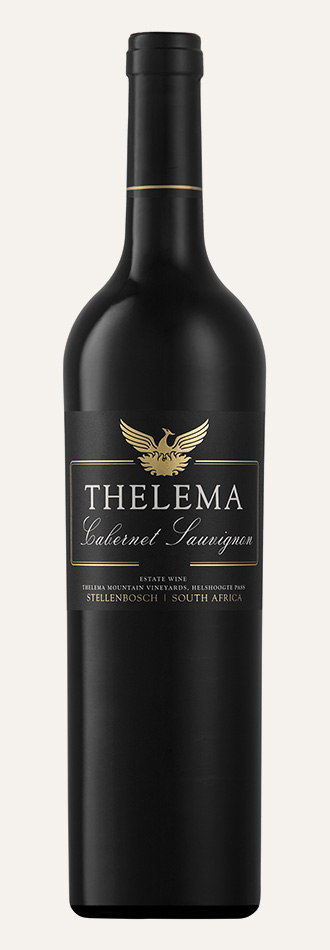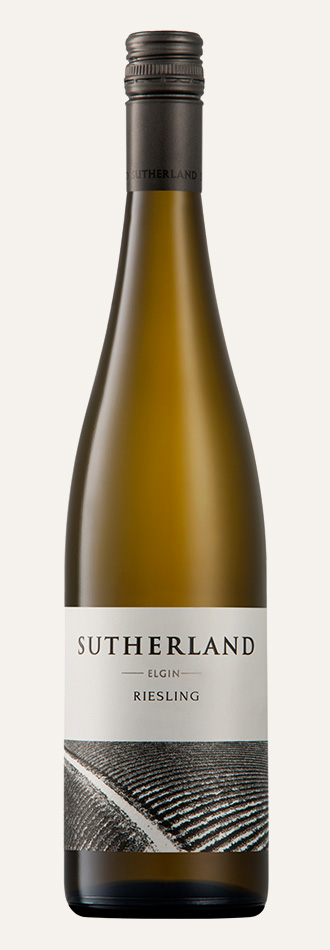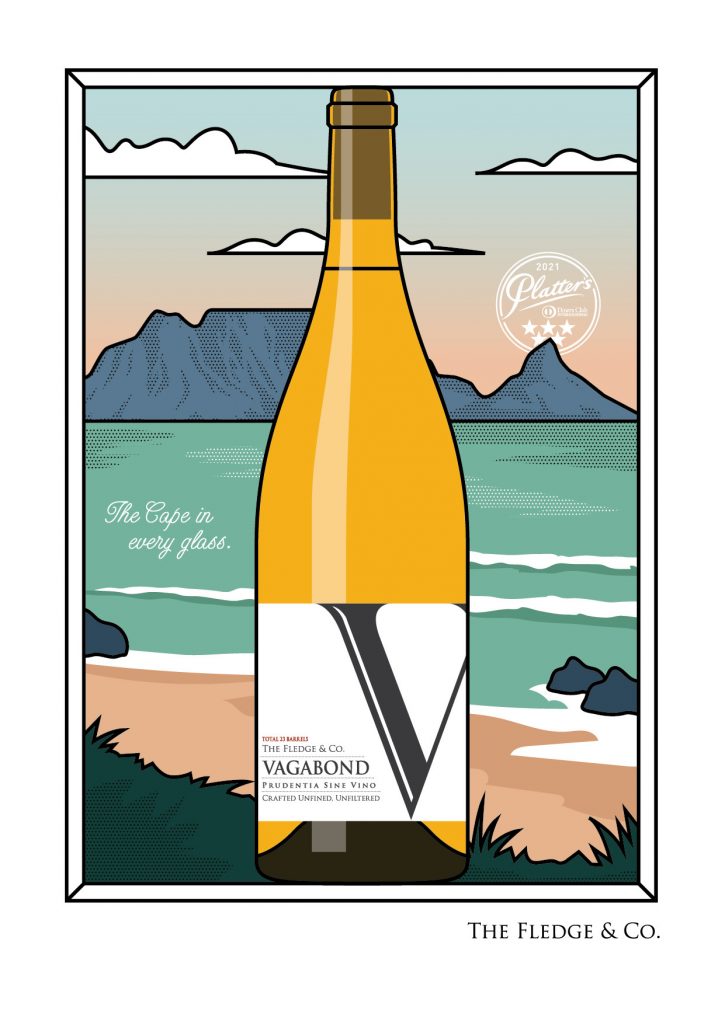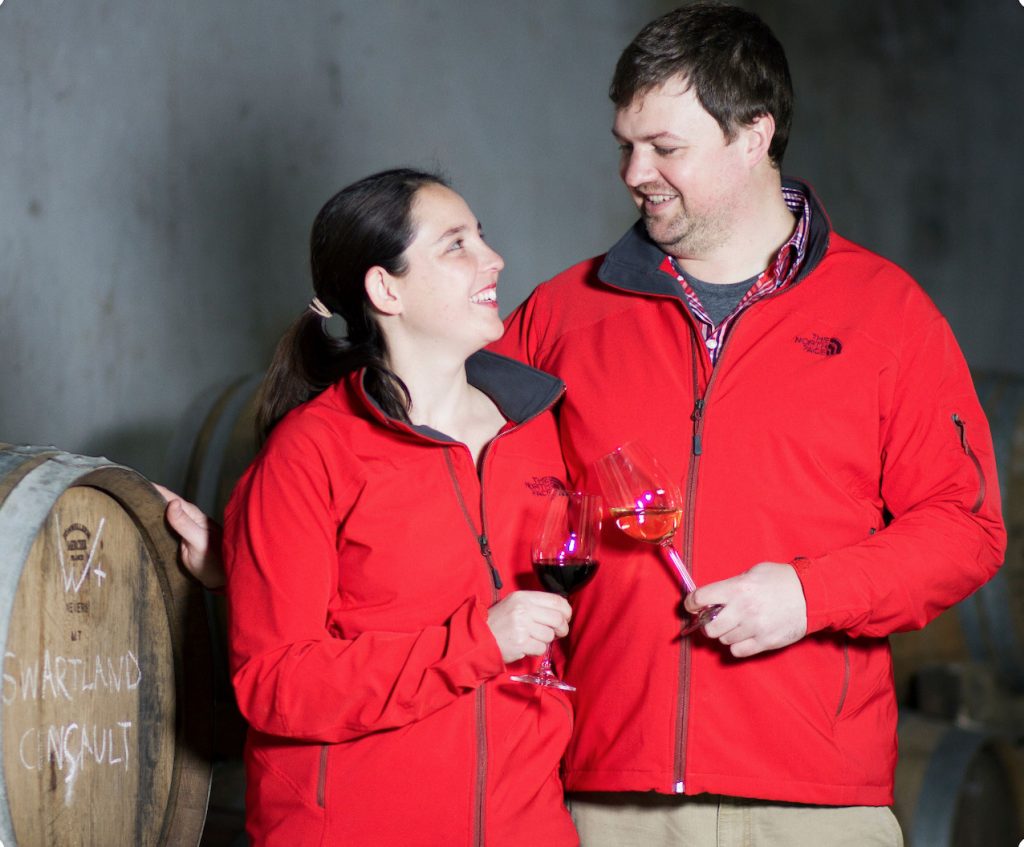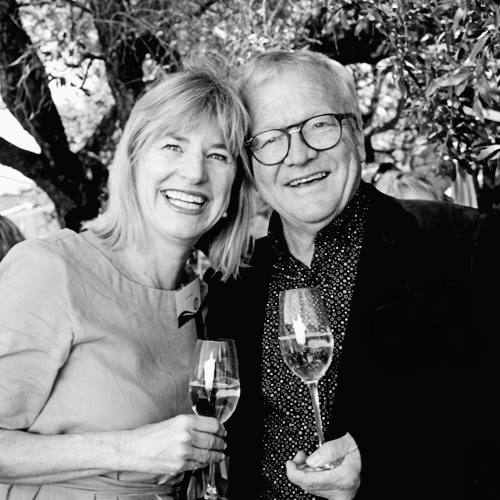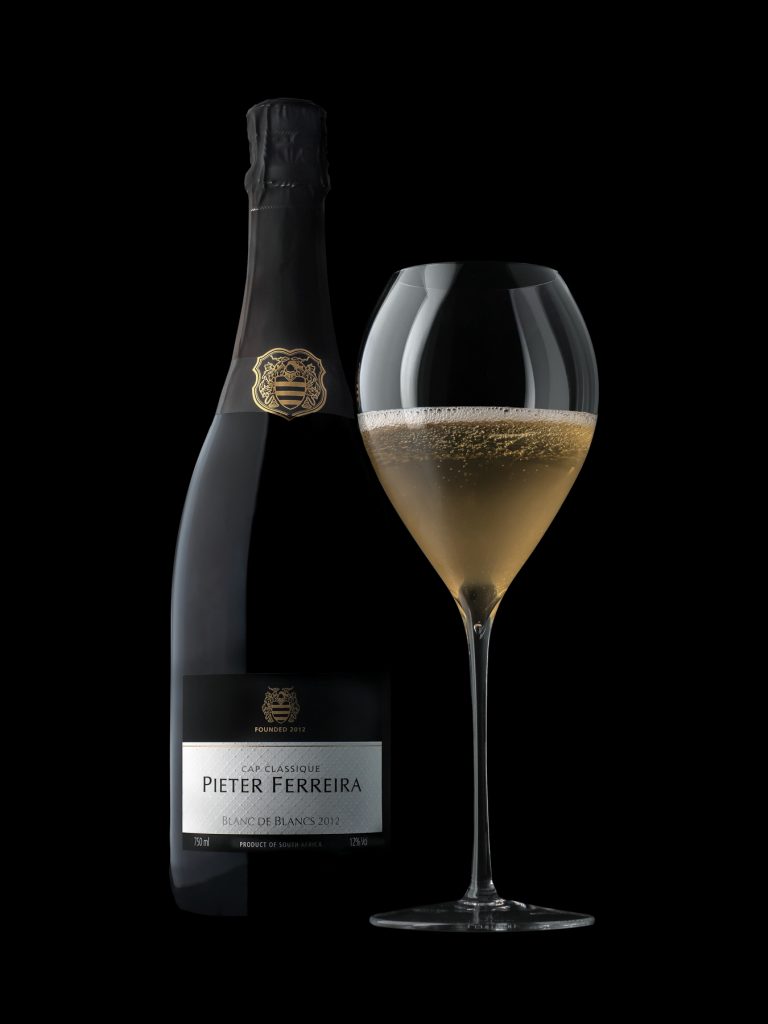Our new relationship with Fable Mountain

Compelling wines of great distinction
Rovos Rail is proud to welcome Fable Mountain Vineyards to our family and excited to serve their delicious wine to our guests.
Fable Mountain Vineyards is a remote artisanal winery in the Tulbagh region, tucked high up against the rugged slopes of the Witzenberg Mountain range, approximately two hours from Cape Town.
Although a fairly young wine farm – it was originally called Tulbagh Mountain Vineyards – it has a history worth noting.
The Scott and Austin families purchased this 180 hectare farm on the edge of the region’s wheat belt in 2000. Construction of the cellar started two years later and the search began to find a winemaker who could share the vision of organically working the farm.
Chris Mullineux joined the venture in 2002 straight out of Stellenbosch University and was quickly joined by an assistant from the US, a young woman named Andrea who was to become his wife. The two would later become shining stars in the Cape wine industry.
Although still a novice, Chris had a passion for the vineyards, seeing himself as a winegrower rather than winemaker; a concept rather unfamiliar in the Cape at that time. This philosophy continued after the departure of the Mullineux’s and through the tenure of Callie Louw, who is now in charge at Porseleinberg in the Swartland.
Between 2005 and 2010, this isolated farm quickly became one of the most talked about projects when it came to wine. Following a visit to the farm in 2006, Tim Atkin, Master of Wine, wrote: “I’d go so far as to say that this is one of the most exciting new wineries I’ve come across in the past decade.”
Then it all went quiet and the farm was put up for sale. Charles Banks, who headed up an American consortium, acquired Tulbagh Mountain Vineyards in October 2010 and changed its name to what it is now known as today, Fable Mountain Vineyards. The same year also saw the arrival of winemakers Rebecca Tanner and Paul Nicholls.
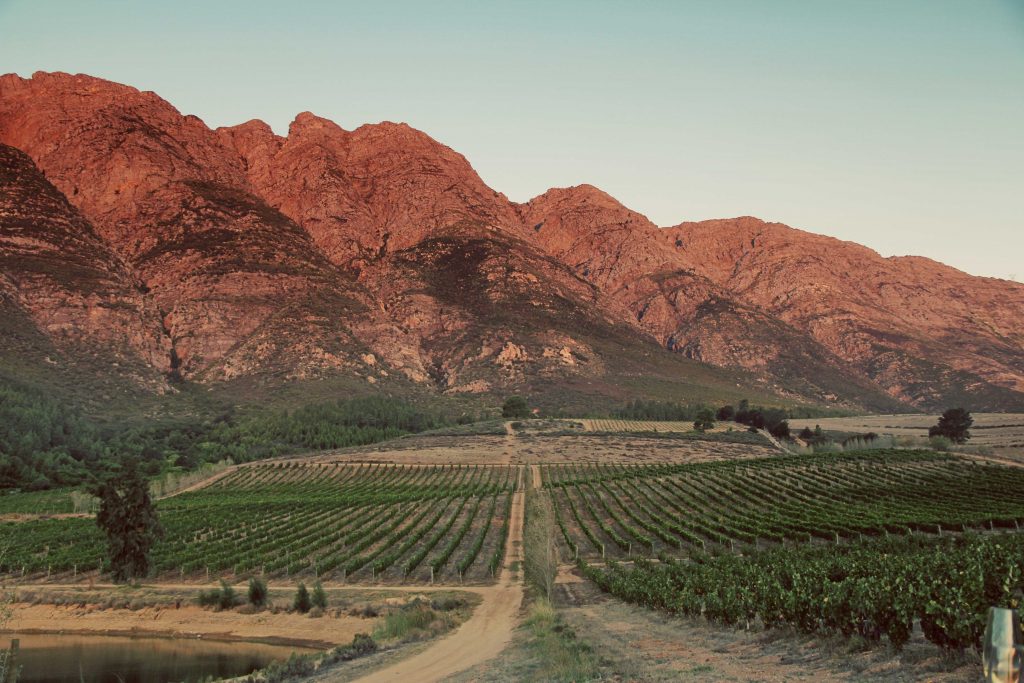
In the autumn of 2016, a circle was completed when Tremayne Smith, who was assistant to Chris and Andrea Mullineaux, arrived on the farm to take charge of the cellar; his first vintage was 2017. Smith has subsequently left to focus on his own label with Francois Haasbroek now at the helm.
One thing has remained constant throughout; the dedication and attention to the vineyards and the quality of the wines themselves.
The higher parts of the farm adjoin a wilderness nature reserve and, at an elevation of between 400m and 650m, was identified as being ideal for the growing of grapes. This site is significantly cooler than the valley floor, and the steep mountain slopes offer shade to the vineyards into the late morning, with the constant breeze ensuring a healthy canopy.
The soils are made up of ancient vertical shale and saprolite, providing excellent drainage and giving the resulting wines a good sense of minerality.
Fable focuses on producing pure expressions of Rhône varieties: Syrah, Grenache and Mourvèdre are the farm’s main plantings as they thrive in this hot, arid climate. Fable Mountain also makes a white wine which is sourced from vineyards in the Swartland.
The site is a challenging one with bush fires, extreme weather and natural dangers ever present during the growing season. Under the watchful eye of Haasbroek, the vineyard team at Fable Mountain continue to use a biodynamic and agro-ecological approach to ensure that the integrity of the site is maintained.
In addition to the 32 hectares of vineyards, Fable Mountain strives to maintain a balanced, diverse farm ecosystem. During the winter months, herds of Nguni cattle and Merino sheep graze through the vineyards. This, combined with ample cover cropping, provides natural compost and aids in building the soil for future vintages.
The winemaking process at Fable Mountain is hands-on; all grapes are hand harvested and fermented naturally in small tanks and barrels. The team employs a gravity-fed system in their renovated cellar, keeping pumping to a minimum. It ensures gentle extraction and subtle tannin development.
The rosé of choice on your next Rovos Rail adventure is the Fable Mountain Vineyards Belle Flower Rosé 2019, which is named after the abundance of beautiful wild flowers that appear every spring on the mountain.
This is a Provence-style rosé made from carefully selected parcels selected for their quality and fragrance. The grapes are picked early so maintain a good alcohol in the final wine. The grapes are whole bunch pressed before being settled and racked into old 500 litre French oak barrels where they undergo a natural fermentation; malolactic fermentation* is allowed to take place as well.
All the different batches of fruit are kept separate and blended only at the end with maturation lasting 14 months before bottling.
The colour of the Belle Flower Rosé is pale pink with salmon hues. The nose is beautifully layered and complex with wild strawberries, rose petals and hints of mandarin orange and citrus blossom. Strawberries carry through on the palate accompanied with honeydew melon and baking spices such as nutmeg and cardamom with subtle hints of dill and a stone minerality. The finish is long with soft creamy layered flavours and mineral and fresh lingering acidity.
It pairs wonderfully with a variety of dishes including tapenade, a salad Niçoise, paella or grilled chicken.
Anorak Facts:
- Residual sugar 2.8 gl
- pH 3.53
- Alcohol 13.5 %
- Total acid 5.1 g/l
- Free SO2 11 mg/l
- Total SO2 69 mg/l
*Also called malo or MLF, malolactic fermentation is a process where bacteria converts tart malic acid in wine to softer, creamier lactic acid (the same acid found in milk). The process reduces acidity in wine, enhancing the body and flavour persistence of wine, producing wines of greater palate softness.
Images courtesy of Fable Mountain Vineyards

